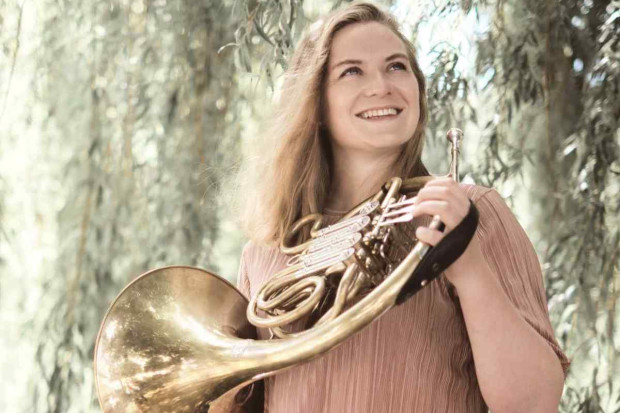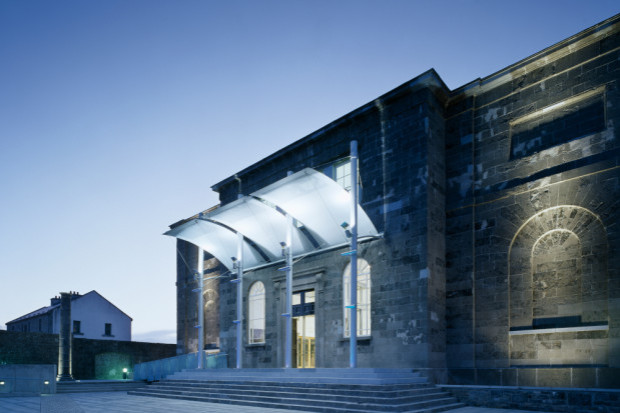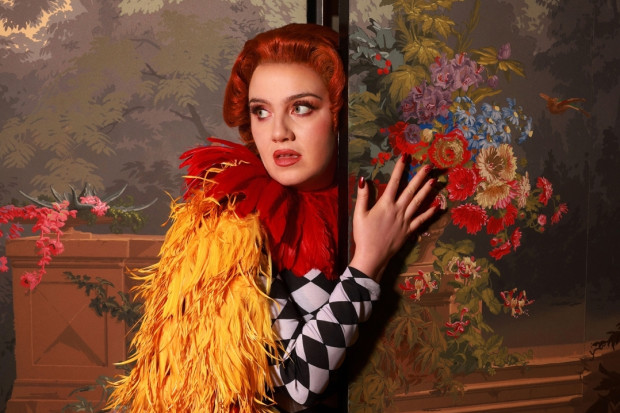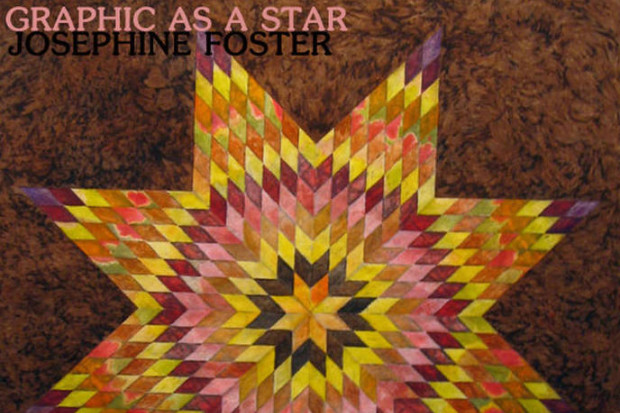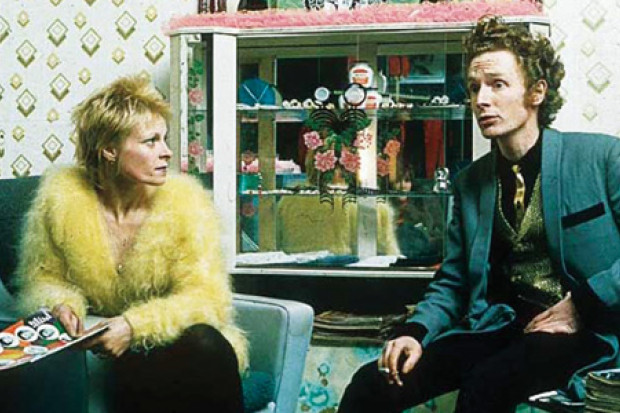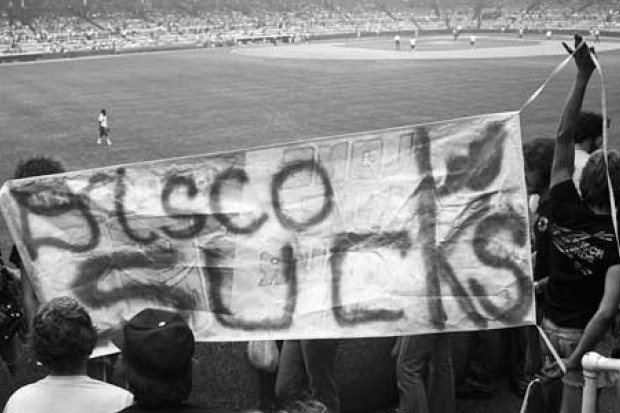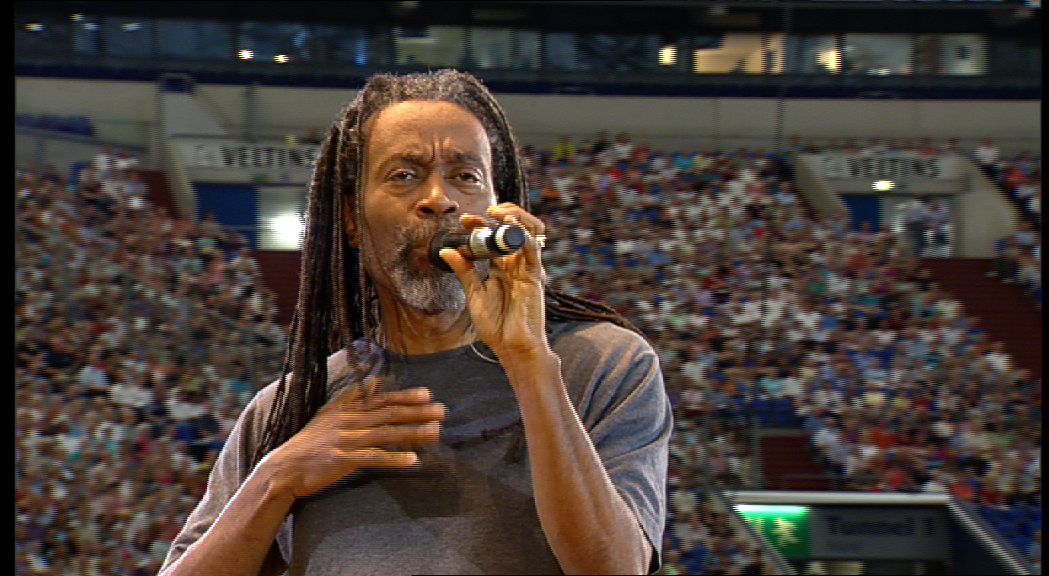
A Connection Like a Full Moon
In Backnang, southern Germany, a concert reaches for the finish line. We settle on a simple, short hornpipe as an encore, something unrehearsed. The audience perceives a shift. Convention slips away. They feel for the pulse in the piece and start to clap along, their stamping travels under us. It feels like a release. The room is one, a connection like a full moon. They shift from being spectator to creator, the music carrying the expression of over one hundred rather than two. ‘They’ve been waiting to do that all night,’ another musician says afterwards.
Three months on, it is a memorable moment – audience participation doesn’t always work, but when music manages to balance itself on a wave of communal energy, it is a powerful thing.
For much of human history, we were all participators in music. With no recordings or easy access to professional performances, music was more a part of our daily lives – it was our escape, and our connector. We sang, played and joined in, in whatever way we could. But now the minority plays and the majority sits and listens, their interaction confined to clapping (and maybe live-tweeting). Yet that human urge to participate in music has never gone away.
Audiences always participate, of course, by attending and making performances happen in the first place, or by applauding, singing along, cheering, dancing. But something deeper is happening. Increased participation by the audience in the actual content of the performance is a musical trend of our time – a swinging back of the pendulum following the reign of the formal concert.
Public and private entertainment options are multiplying and promoters of the traditional concert – ‘I’ll play, you listen’ – are struggling. Musicians, composers and promoters are compelled to seek ways of reimagining performance.
But is audience participation like corporate sponsorship, never content until it has completely taken over what it was meant to support? Or is there an opportunity for a really creative leap here in music – and who is willing to take it?
The most powerful force in the room
In ANU Production’s Laundry in the 2011 Dublin Theatre Festival, the audience became participators and creators because they could influence the content of the play. In the thousands of concerts of music I have attended, I can’t recall ever having that opportunity. Few composers or musicians – who are accustomed to using every conceivable force available to them – employ the most powerful force in the room: the audience. Nevertheless, there are noticeably more and more examples of musical performances in which the audience become creators.
In 2010, Bobby McFerrin carved out an improvisation with an audience of 50,000 at the Sing! Day of Song in Gelsenkirchen, Germany (see below); in Dublin last March, he reversed the process, seeking spontaneous contributions from the audience on which he could improvise; at last year’s New Music Dublin festival, composer Brian Irvine invited members of the public to join him in composing and performing a choral piece based on the news headlines of the day; in November, Julie Feeney toured Ireland and invited a different local choir to perform with her in each of the ten venues – she had scored some of her songs for choir especially; or consider Beck’s 2012 Song Reader album, which existed in sheet-music form only – fans had to perform the songs themselves to hear them; in BBC’s The Choir, Gareth Malone creates choral performances with people who have never sung in a choir; the YouTube Symphony Orchestra, the online collaborative orchestra, was of course launched in 2008; and Bon Iver writes songs that he believes need the voices of the audience to work: ‘I don’t want to be the guy with an acoustic guitar singing songs, because that’s boring for the most part. The song actually needs 80–500 people singing or whatever the vibe is of that room, it needs that fight.’
The experience means more
When you participate, the experience means more, you feel valued, and you enjoy it more. Even in the middle of economic austerity, tens of thousands can still find a hundred euro or more to attend stadium rock concerts and festivals. Why? Because they lend themselves to participation.
One could argue that the rise of traditional Irish music over the past sixty years is down to its participatory qualities. Responding to a cultural need among emigrants in England in the 1950s, the result was the remarkable and informal pub session, in which anyone could join in and play music, and the phenomenon went global.
The opportunity now for music is in making the audience participators and creators, rather than spectators – a trend we are seeing in the digital world also – and enriching our musical life so that both the formal and the participatory are natural parts of people’s musical experience. This not only raises creative issues but also screams, once again, at the need to make high-quality music education a part of everybody’s schooling.
I mentioned earlier that I have never been asked to participate as a creator in a concert that I was attending. That’s not entirely true. It often happens when the concert is for children: we the audience are asked to sing, hum, clap, pick up instruments and play, and everything else. I’ve seen plenty of empty seats at concerts for adults – but I have never been to an empty concert for children.
–
Published on 24 January 2014
Toner Quinn is Editor of the Journal of Music. His new book, What Ireland Can Teach the World About Music, is available here. Toner will be giving a lecture exploring some of the ideas in the book on Saturday 11 May 2024 at 3pm at Farmleigh House in Dublin. For booking, visit https://bit.ly/3x2yCL8.












